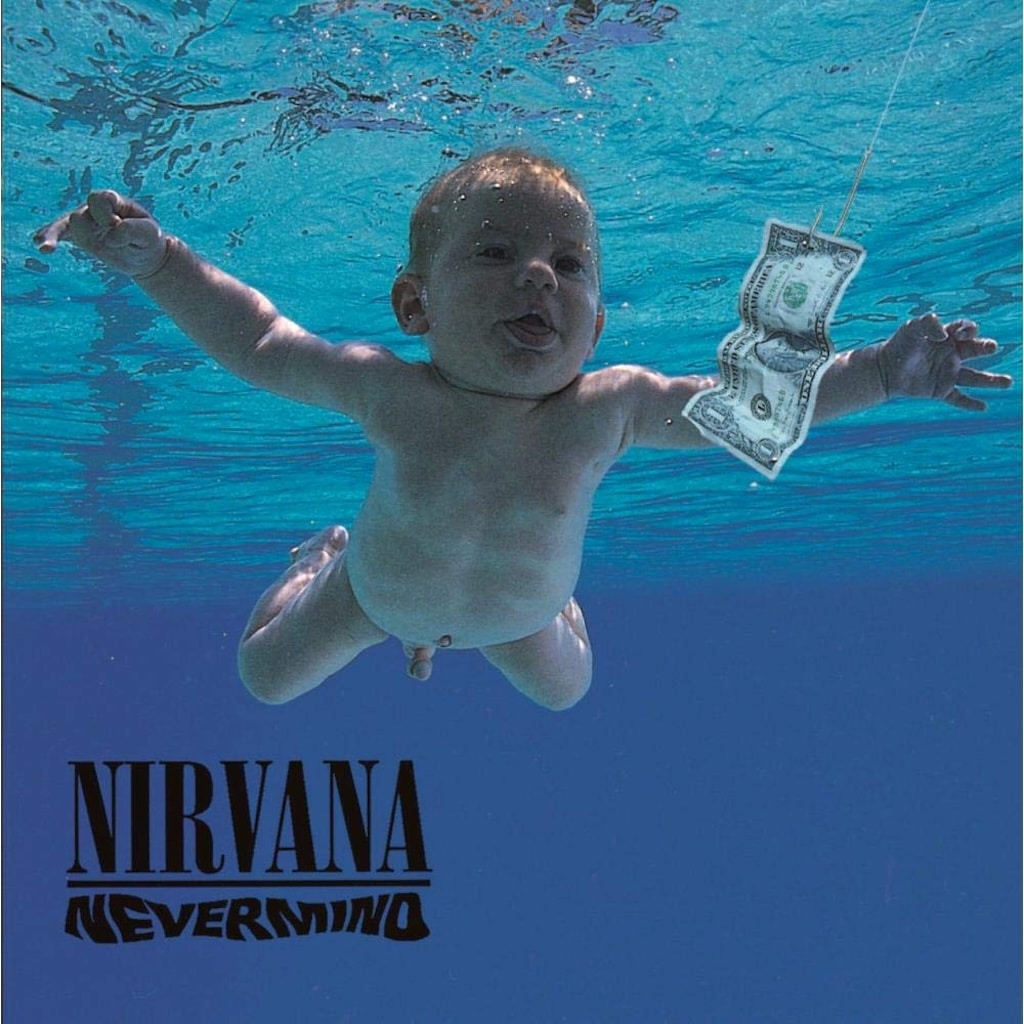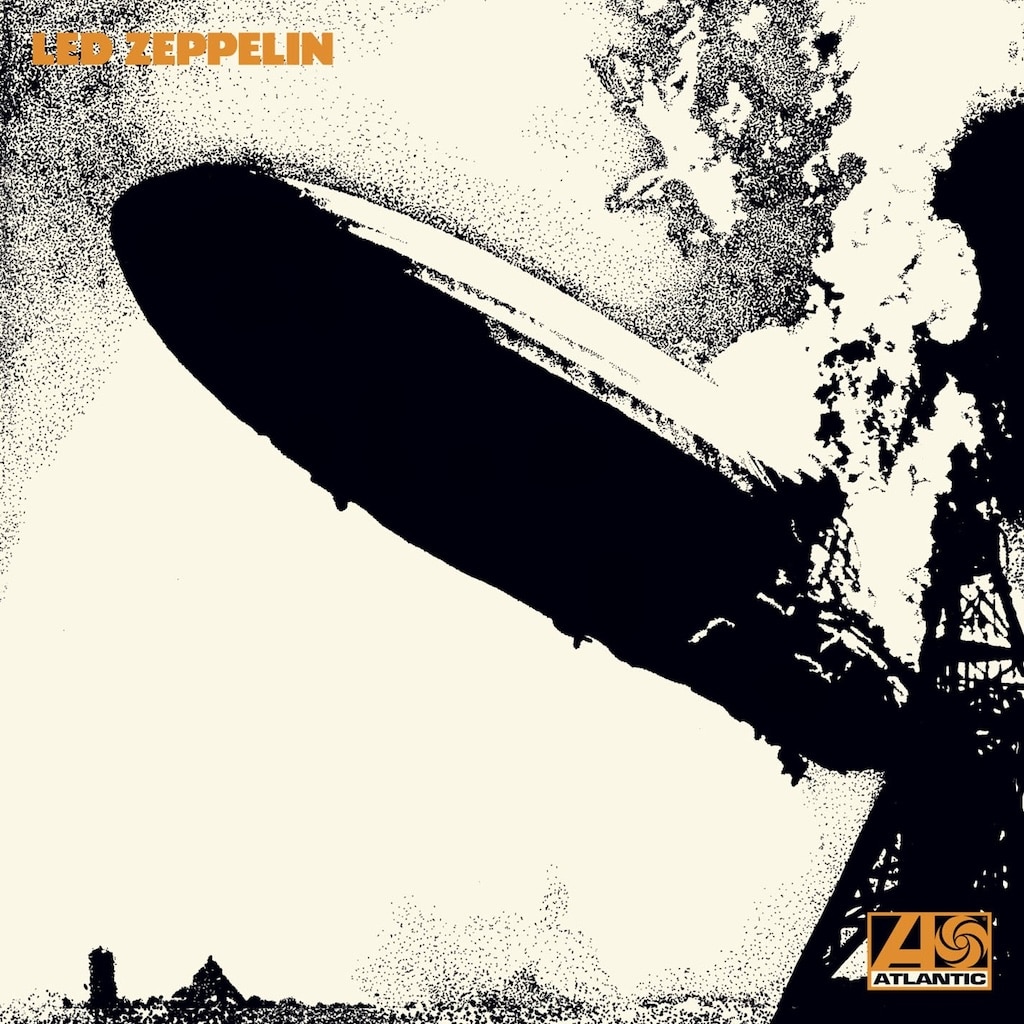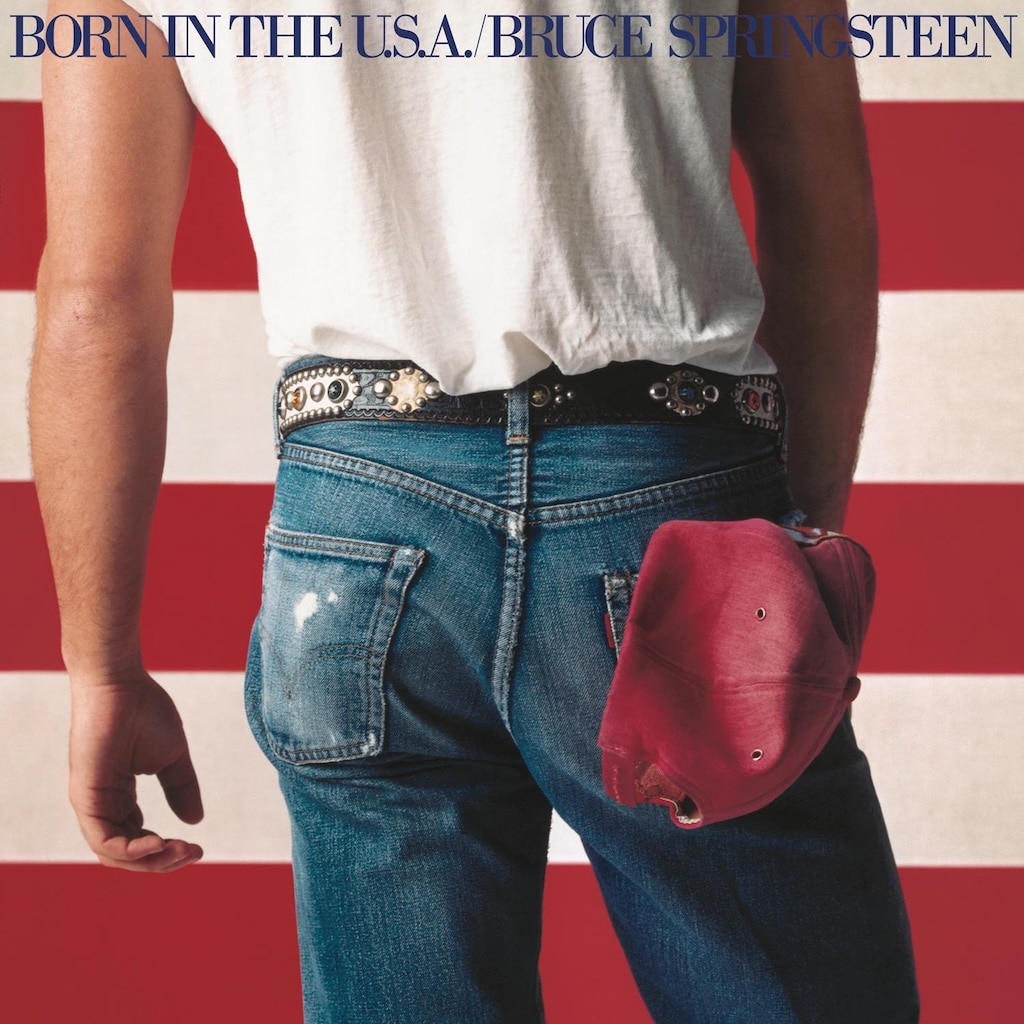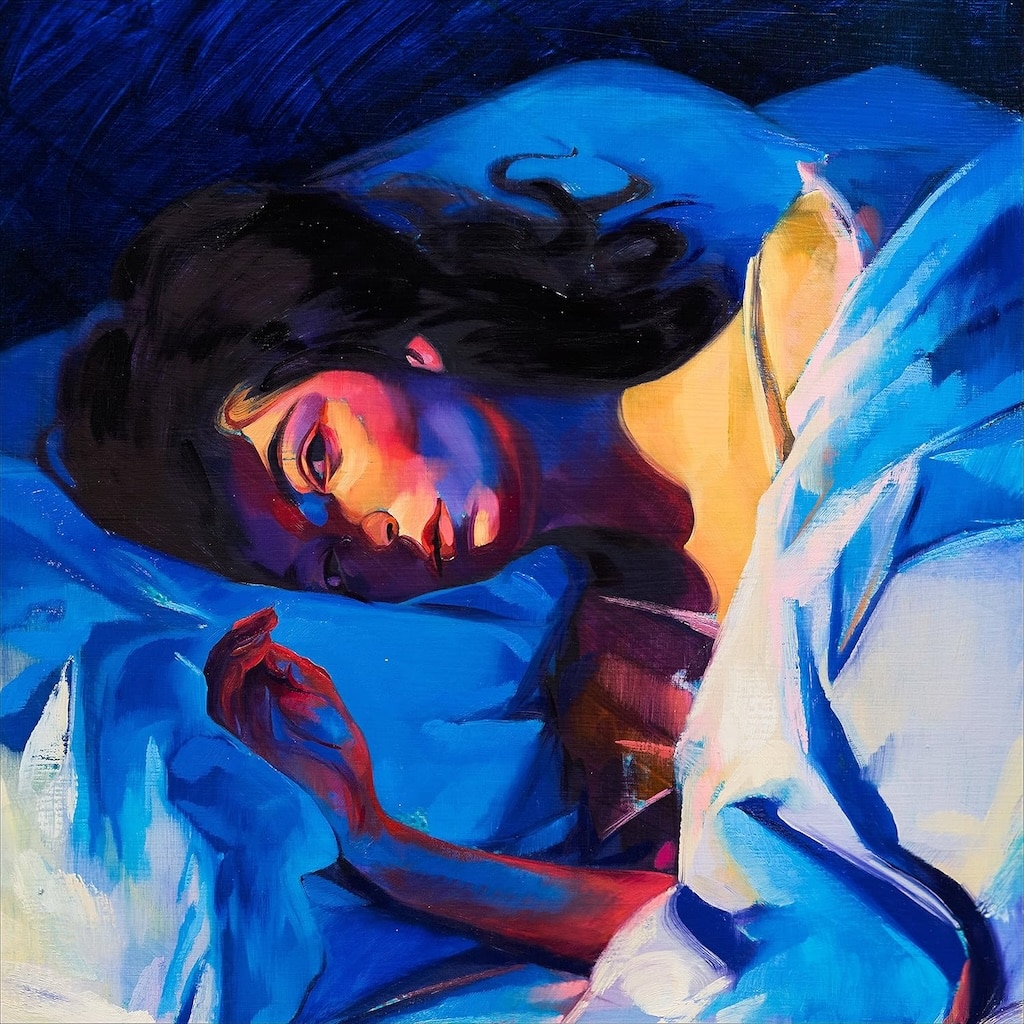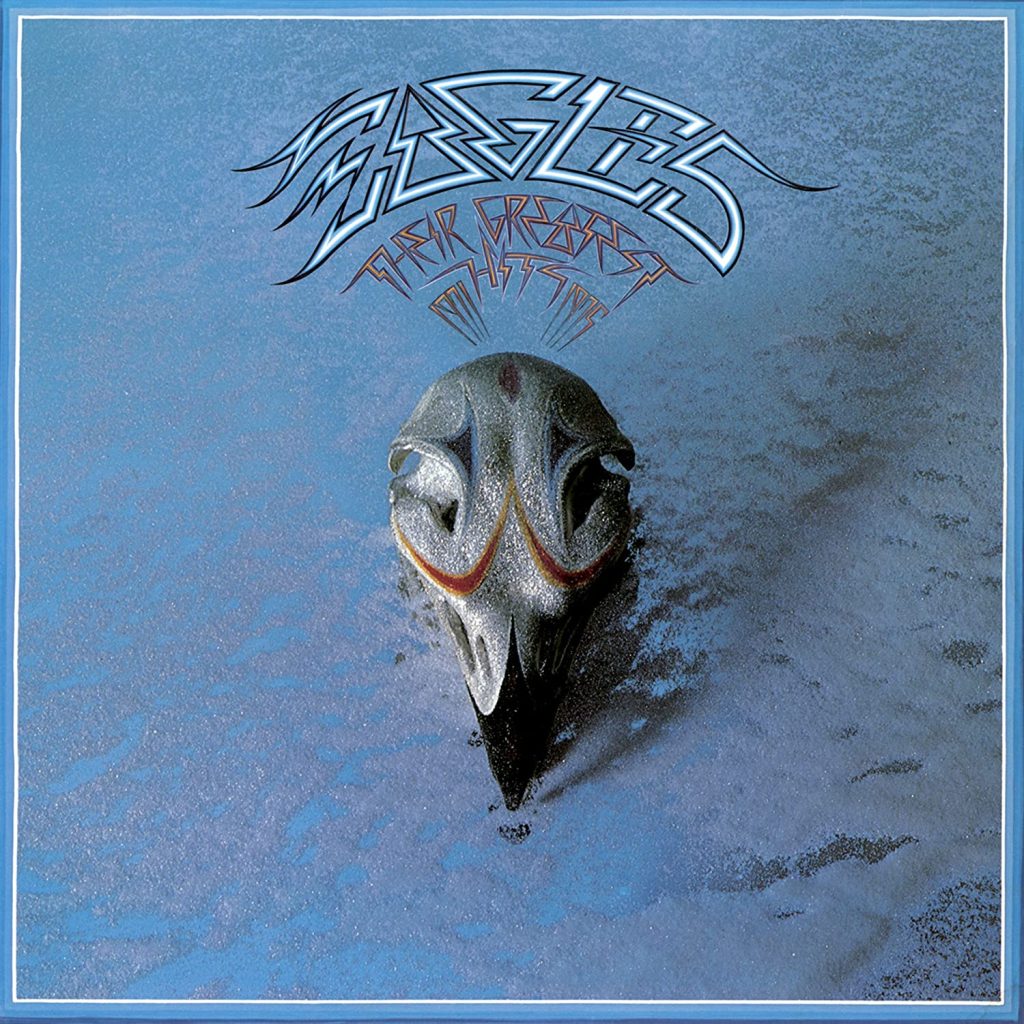
Eagles | Their Greatest Hits (1971-1975)
The Eagles’ “Their Greatest Hits (1971–1975),” released on February 17, 1976, stands as one of the most iconic and best-selling albums in music history, and its cover art is as memorable as the songs it contains. The album’s artwork, designed by John Kosh and featuring a striking illustration by artist Boyd Elder, includes both subtle symbolism and evocative design. The cover presents a stylized, almost sculptural image of a painted eagle skull set against a cool, textured blue background. This image, at once mysterious and unmistakably Western, perfectly encapsulates the band’s blend of California rock, country, and folk influences, while also hinting at the mythic, sun-bleached landscapes that inspired their sound.
The backstory of the cover art is rooted in the Eagles’ desire to create a visual identity that matched the timeless, wide-open feel of their music. Boyd Elder, a Texas-based artist known for his work with animal skulls and Southwestern motifs, was commissioned to create the central image. Elder’s painted eagle skull, adorned with intricate patterns and subtle colours, was photographed and then used as the album’s focal point.
The choice of an eagle skull was both literal and symbolic: it referenced the band’s name while also evoking themes of mortality, freedom, and the American West. The cool blue background, meanwhile, suggested the vastness of the sky or the faded denim of the era, reinforcing the album’s sense of place and mood.
John Kosh, who had previously designed covers for The Beatles and The Who, ensured that the album’s packaging was as elegant as it was evocative. The minimalist approach—no band photo, no elaborate typography—allowed the artwork to speak for itself. The title, “Their Greatest Hits (1971–1975),” was rendered in a simple, classic font, further emphasizing the timeless quality of the music within. This understated design was a deliberate choice, reflecting the band’s confidence in the enduring appeal of their songs and their desire to let the music take center stage.
Culturally, the album became a phenomenon almost overnight. “Their Greatest Hits (1971–1975)” was the first album to be certified platinum by the Recording Industry Association of America (RIAA), and it has since gone on to become one of the best-selling albums of all time, with sales exceeding 38 million copies in the United States alone. The album’s success was driven by its impeccable tracklist, which included classics like “Take It Easy,” “Lyin’ Eyes,” “One of These Nights,” and “Desperado.” These songs, with their lush harmonies, evocative lyrics, and seamless blend of rock and country, captured the spirit of a generation and helped define the sound of 1970s American music.
Critically, the album was praised for its cohesion and the sheer quality of its songwriting. While greatest hits compilations are often seen as stopgaps or cash-ins, “Their Greatest Hits (1971–1975)” was recognized as a carefully curated collection that showcased the Eagles at their creative peak. The album’s enduring popularity is a testament to the band’s ability to craft songs that resonate across decades, speaking to themes of love, loss, wanderlust, and the search for meaning in the American landscape.
The cover art, with its haunting beauty and understated symbolism, has become as iconic as the music itself. It has been referenced, parodied, and celebrated in popular culture, serving as a visual shorthand for the Eagles’ unique blend of melancholy and hope. In the years since its release, “Their Greatest Hits (1971–1975)” has remained a staple of record collections and radio playlists, its songs and imagery woven into the fabric of American life. The album stands not only as a commercial juggernaut but as a cultural touchstone, its cover art and music continuing to inspire new generations of listeners.

